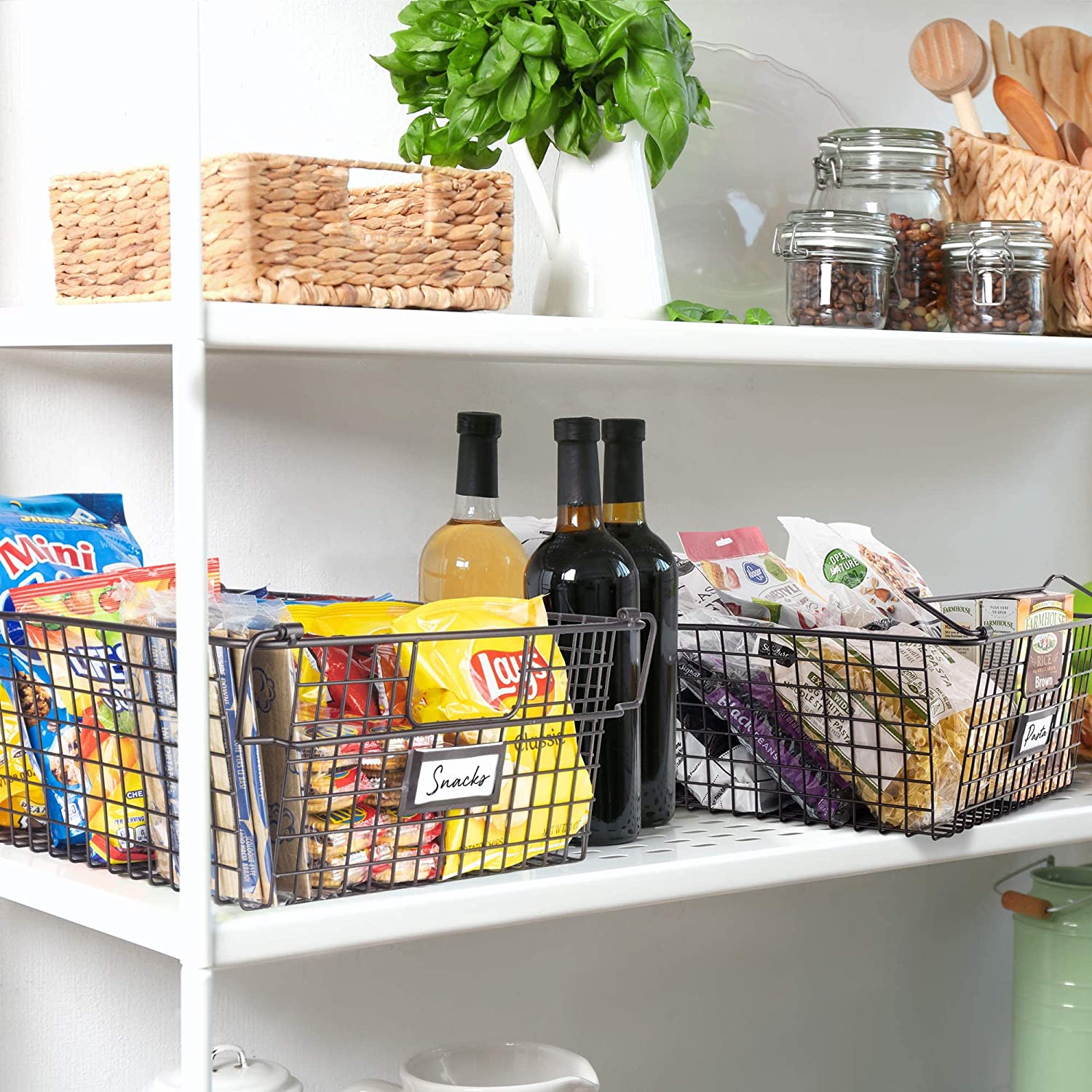

Articles
How To Store Chips In Pantry
Modified: January 19, 2024
Looking for effective ways to store chips in your pantry? Discover smart pantry storage solutions to keep your chips fresh and organized.
(Many of the links in this article redirect to a specific reviewed product. Your purchase of these products through affiliate links helps to generate commission for Storables.com, at no extra cost. Learn more)
Introduction
Welcome to the wonderful world of chips! Whether you prefer classic potato chips, tortilla chips, or an array of unique flavors, one thing is for sure: storing chips properly is key to preserving their freshness and crunch. In this article, we will explore the importance of proper chip storage, discuss different container options, and provide tips for extending their shelf life. So, let’s dive in and learn how to keep your favorite snack in optimal condition!
Properly storing chips is not only crucial for maintaining their taste and texture but also for preventing them from going stale and losing flavor. When exposed to air and moisture, chips can become soggy and less enjoyable to eat. Furthermore, if not stored correctly, they can easily get crushed, leading to disappointment during snack time.
By following a few simple guidelines and utilizing the right storage techniques, you can ensure that your chips remain fresh, crispy, and ready to satisfy your cravings. From choosing the right pantry to selecting the ideal containers, we will cover everything you need to know to become a chip storage expert.
So, whether you’re a chip connoisseur or just looking to keep your snack stash in top shape, join us as we delve into the art of chip storage. Get ready to learn some handy tips and tricks that will elevate your chip-eating experience to new heights!
Key Takeaways:
- Keep chips fresh and crispy by storing them in airtight containers or resealable bags in a cool, dark pantry. Organize by type, rotate stock, and follow best practices to extend shelf life and preserve flavor.
- Avoid chip staleness and sogginess by choosing the right pantry, utilizing airtight containers, and following proper storage guidelines. Organize, label, and monitor chip inventory for optimal snacking enjoyment.
Read more: How To Store Chips In Pantry
Importance of Proper Chip Storage
Proper chip storage is essential for maintaining the quality and freshness of your favorite snacks. Here are a few reasons why it’s important to store chips correctly:
Preserve Taste and Texture: When chips are exposed to air, they can quickly become stale and lose their delicious crunch. By storing them properly, you can ensure that each bite is as satisfying as the first.
Prevent Moisture Damage: Moisture is the enemy of crispy chips. When chips are exposed to humidity, they can turn soft and lose their desirable texture. By storing them in a dry environment, you can safeguard them from moisture damage.
Avoid Crushing: Chips are fragile and prone to breaking when mishandled. By storing them in a dedicated container or packaging designed to protect their shape, you can prevent them from getting crushed and enjoy intact chips every time.
Prolong Shelf Life: Proper storage can prolong the shelf life of your chips. When stored in the right conditions, chips can stay fresh for a longer period, allowing you to enjoy them throughout their recommended date of consumption.
Prevent Flavor Contamination: Scented or flavored chips can easily absorb odors from their surroundings. By storing them away from strong-smelling food items, you can preserve their distinct flavors and prevent cross-contamination.
By understanding the importance of proper chip storage, you can make sure that your favorite snacks are always ready to be enjoyed. Now that we have highlighted the significance, let’s move on to exploring the best practices for choosing the right pantry for chip storage.
Choosing the Right Pantry for Chip Storage
When it comes to storing chips, the first step is to choose the right pantry or storage area. Here are some factors to consider when selecting the ideal location:
Airtight and Dark: Look for a pantry that is airtight and can be sealed tightly to prevent air from entering. Exposure to air can lead to staleness and loss of crispiness. Additionally, opt for a pantry that is dark or has minimal light exposure, as light can degrade the quality of chips over time.
Temperature Control: Chips are best stored in cool and dry environments. Avoid pantries that are exposed to direct sunlight or are near heat sources like ovens or stoves. Fluctuations in temperature can affect the texture and taste of chips.
Shelving and Organization: Ensure that the pantry has enough shelves or designated spaces for storing your chips. This will help keep them organized and prevent them from getting crushed or mixed up with other items.
Accessibility: Consider the ease of access to the pantry and how frequently you reach for your chips. If you find yourself grabbing chips often, it’s best to have them stored in a pantry that is easily accessible. This will save you time and effort when satisfying those snack cravings.
Consider Chip Quantity: Assess the amount of chips you typically keep on hand. If you stock up on larger quantities, look for a pantry with ample space for storage. On the other hand, if you tend to have smaller quantities, a compact pantry or designated shelf may suffice.
Keep Away from Odorous Items: Avoid storing chips near strongly scented items like spices, onions, or cleaning chemicals. Chips can absorb these odors, leading to an unpleasant taste. Keep them in a separate section or container to maintain their original flavor.
By considering these factors when choosing the right pantry for chip storage, you can create an optimal environment that will help preserve the quality and freshness of your chips. Now that we have covered pantry selection, let’s move on to explore different container options for chip storage.
Container Options for Chip Storage
When it comes to storing chips, using the right containers can make all the difference in keeping them fresh and crispy. Here are some container options to consider:
Airtight Plastic Bags: Airtight plastic bags, such as resealable ziplock bags, are a convenient and affordable option for chip storage. They help keep air and moisture out, preserving the chips’ texture and flavor. Make sure to remove as much air as possible before sealing the bag.
Plastic Containers: Plastic containers with tight-fitting lids provide excellent protection against air and moisture. Opt for transparent containers so you can easily see the contents. Additionally, choose containers that are appropriately sized to avoid excessive empty space, which can lead to chips breaking during storage.
Tin or Metal Containers: Metal containers, like tin or aluminum, can provide good protection against air and light. They are durable and can help maintain the freshness of chips. Look for containers with secure lids to ensure airtightness.
Vacuum-Sealed Bags or Canisters: Vacuum-sealed bags or canisters are the ultimate solution for long-lasting chip freshness. By removing all the air from the packaging, these containers prevent staleness and keep chips crispy for an extended period. Vacuum sealers are available in various sizes and can be used to store different quantities of chips.
Chip Clips or Bag Clips: If you prefer to keep your chips in their original packaging, using chip clips or bag clips can help seal the bags tightly, minimizing air exposure. These clips are inexpensive and easy to use. However, keep in mind that bag clips may not provide as much protection as airtight containers or vacuum-sealed options.
Canned Jars or Mason Jars: Repurposing canned jars or mason jars can be a creative and eco-friendly way to store chips. Make sure the jars are thoroughly cleaned and completely dry before transferring the chips. Seal them tightly with the lid to maintain freshness.
When choosing a container for chip storage, always prioritize airtightness and protection against air, light, and moisture. This will ensure that your chips stay crispy and delicious. With the right container selected, let’s move on to organizing chips in the pantry.
Organizing Chips in the Pantry
A well-organized pantry not only enhances the overall aesthetic but also makes it easier to find and access your chips. Here are some tips for organizing your chips in the pantry:
Categorize by Type: Group your chips by type or flavor. This will help you quickly locate your desired chip without rummaging through the pantry. You can create separate sections or shelves dedicated to different chip categories.
Use Stackable Containers: Utilize stackable containers to maximize vertical space in your pantry. These containers allow you to neatly stack different chip varieties, preventing them from getting squished or crushed.
Label Containers: Labeling your chip containers can save you time and prevent any confusion when searching for a particular type of chip. Use adhesive labels or a label maker to clearly identify each container or section in your pantry.
Arrange by Expiration Date: To ensure you enjoy your chips while they are still fresh, arrange them in the order of their expiration dates. This way, you can easily identify which bags need to be consumed first, reducing the chances of accidentally eating stale chips.
Create a Snack Zone: If you have a designated snack area in your pantry, create a “snack zone” specifically for chips. This can include all your favorite chips, along with other snack items, creating an easily accessible and tempting section for your snacking pleasure.
Consider Display Containers: For a visually appealing pantry, consider using display containers to showcase your chip collection. Transparent containers or baskets with lids can not only keep the chips fresh but also add a decorative touch to your pantry.
Rotate Stock Regularly: Stay mindful of your chip inventory and rotate the stock regularly. Place newly purchased chips at the back of the storage area and move older bags to the front. This will help ensure that you consume older chips first and avoid wastage.
By implementing these organization tips, you can keep your chips neatly arranged, readily accessible, and fresh for a longer duration. Now that we have covered organizing chips in the pantry, let’s move on to some tips for extending the shelf life of your chips.
To keep chips fresh in the pantry, transfer them to an airtight container or resealable bag to prevent them from going stale. Store the container in a cool, dark place to maintain their crispness.
Read more: How To Store Chips In Kitchen
Tips for Extending Chip Shelf Life
While proper storage plays a crucial role in maintaining the freshness of your chips, there are several additional tips you can follow to further extend their shelf life:
Reseal Opened Bags: After opening a bag of chips, make sure to reseal it tightly using chip clips, bag clips, or by folding the top of the bag over itself. This prevents moisture and air from entering the bag, helping to preserve the crunch and flavor.
Avoid Temperature Fluctuations: Store your chips in a pantry or storage area with a consistent temperature. Fluctuations in temperature can lead to condensation inside the bags, causing the chips to become stale or lose their crunch.
No Refrigeration: While refrigerating certain foods can extend their shelf life, chips are best kept at room temperature. Refrigeration can introduce moisture into the packaging, resulting in a loss of crispness.
Handle with Care: Chips are delicate and can easily break if mishandled. Avoid rough handling or placing heavy items on top of chip bags to prevent crushing. Treat your chips with care to maintain their crispy texture.
Store Away from Direct Sunlight: Exposure to sunlight can degrade the quality of chips by causing them to become stale and lose their crunch. Store your chips in a dark pantry or use containers that block light to keep them fresh for longer.
Avoid Humidity: Moisture is the enemy of crispy chips. Keep your chips away from humid areas, such as near sinks, dishwashers, or in steamy kitchens. Humidity can make chips lose their crunch and become soggy.
Buy Smaller Quantities: It may be tempting to stock up on your favorite chips, but buying smaller quantities can help ensure that you consume them before they go stale. Fresher chips result in a better snacking experience!
Minimize Exposure to Air: Air is one of the main contributors to chip staleness. When storing chips, choose airtight containers or resealable bags that minimize air circulation. This will help keep your chips crunchy and flavorful.
Avoid Mixing Flavors: Strongly flavored chips, such as barbecue or sour cream and onion, should be stored separately from other chips to prevent flavor contamination. Use separate containers or storage areas to maintain the integrity of each chip flavor.
By following these tips, you can extend the shelf life of your chips and ensure that they remain fresh, flavorful, and crispy even after opening the bag. Now that you know how to prolong chip shelf life, let’s move on to some best practices for chip storage in general.
Best Practices for Chip Storage
To optimize chip storage and keep your snack stash in tip-top condition, here are some best practices to follow:
Inspect Packages Before Purchase: Before buying a bag of chips, check for any signs of damage or air pockets. Damaged packaging can lead to quality deterioration, so it’s best to select bags that are intact and securely sealed.
Keep Original Packaging Intact: Whenever possible, keep chips in their original packaging. The manufacturers design the packaging to provide a suitable environment for preserving freshness and crunchiness.
Follow Recommended Storage Instructions: Pay attention to any storage instructions provided on the chip packaging. Some chips may have specific temperature or storage recommendations to ensure optimal quality. Adhering to these instructions can help maintain the desired taste and texture.
Avoid Excessive Handling: Excessive handling of chip bags can increase the risk of air exposure and crushing. Try to minimize unnecessary handling and only open bags when you’re ready to snack.
Consider Portion Control: If you’re concerned about finishing an entire bag of chips before they become stale, consider portioning them into individual serving sizes using resealable bags or containers. This can help prevent any wastage or the temptation to consume stale chips.
Be Mindful of Storage Duration: Chips have a limited shelf life, even when stored correctly. Be mindful of the expiration dates and consume them before they exceed the recommended timeframe for optimal freshness.
Rotate Stock: Whether you have a large stash or just a few bags of chips, make it a habit to rotate the stock regularly. Use the “first in, first out” method when reaching for chips, ensuring that older bags are consumed before newer additions.
Avoid Exposing Chips to Air: Air is the enemy of chip freshness. Whether using resealable bags or airtight containers, ensure that your chosen storage method minimizes air exposure to keep the chips crispy and flavorful.
Store Chips Upside Down: When using bags with resealable tops, storing them upside down can help prevent moisture from settling near the opening. This provides an additional layer of protection against staleness.
Monitor and Adjust: Keep an eye on the condition of your chips during storage. If you notice any signs of staleness or moisture, reconsider your storage method or consider consuming them sooner rather than later.
By following these best practices, you can maximize the freshness, flavor, and crunchiness of your chips, ensuring that every snacking experience is as enjoyable as the first bite. Now, let’s address some frequently asked questions about chip storage.
Frequently Asked Questions
1. Can I refrigerate chips to extend their shelf life?
No, refrigerating chips is not recommended. The moisture inside the refrigerator can make the chips lose their crispiness and become stale. It’s best to store chips in a cool, dry pantry or storage area at room temperature.
2. How long can I keep opened bags of chips?
The shelf life of opened bags of chips can vary depending on the type and brand. Generally, it is best to consume them within 1 to 2 weeks after opening to ensure optimal freshness and taste. Proper storage in airtight containers can help extend their shelf life.
3. Can I freeze chips to make them last longer?
Freezing chips is not recommended as it can affect their texture and taste. The moisture within the chips can crystallize when frozen and make them lose their crunchiness. It’s best to store chips at room temperature in a suitable storage container.
4. Should I store different flavors of chips separately?
It is advisable to store strongly flavored chips separately from other flavors to prevent flavor contamination. Using separate containers or dedicated storage areas can help maintain the distinct taste of each chip flavor.
5. What should I do if my chips become stale?
If your chips have lost their crunchiness and become stale, unfortunately, there’s not much that can be done to restore them. Stale chips are still safe to eat but may not provide the desired texture or taste. It’s best to properly store your chips and consume them before they go stale to enjoy their freshness.
6. Can I store chips in the pantry without using any containers?
While it is possible to store chips in the pantry without containers, it is not ideal. Chips are vulnerable to air, moisture, and potential crushing. Using airtight containers or resealable bags helps preserve the quality and protects them from environmental factors that can compromise their freshness.
7. Can I reuse chip bags for storage?
Reusing chip bags for storage is not recommended. Chip bags are designed for initial use and may not provide the necessary protection against air and moisture. It’s better to opt for proper storage containers or resealable bags specifically designed for food storage.
8. What should I do if my chips arrive already stale?
If you purchase a bag of chips that is already stale, you should contact the manufacturer or retailer to discuss a possible refund or replacement. They will likely address the issue and take the necessary steps to correct it.
Remember, following proper chip storage guidelines and consuming your chips within their recommended shelf life will ensure the best snacking experience. Now, let’s wrap up and conclude our discussion on chip storage!
Conclusion
Properly storing chips is essential for preserving their taste, texture, and freshness. By following the tips and guidelines outlined in this article, you can keep your chips in optimal condition and enjoy every bite. From choosing the right pantry and containers to organizing your chip collection and extending shelf life, these practices will ensure that your favorite snack remains crispy and delicious.
Remember to select a pantry or storage area that is airtight, dark, and away from direct sunlight. Choose containers that provide proper protection against air and moisture, such as airtight plastic bags, plastic containers, or vacuum-sealed options. Organize your chips by type or flavor, and be mindful of rotating stock and consuming chips within their recommended shelf life.
By avoiding temperature fluctuations, excessive handling, and exposure to air and moisture, you can maintain the desired taste and texture of your chips. Additionally, be cautious about storage duration, avoiding mixing flavors, and ensuring that chips are stored away from odorous items.
Whether you’re a chip enthusiast or an occasional snacker, following these best practices will help you get the most out of your chip storage. So, stock up on your favorite chips, store them correctly, and savor each crispy bite!
Remember, the key to maintaining the freshness and flavor of your chips is a combination of proper storage and mindful consumption. Enjoy your snacks, and happy chip-storing!
Frequently Asked Questions about How To Store Chips In Pantry
Was this page helpful?
At Storables.com, we guarantee accurate and reliable information. Our content, validated by Expert Board Contributors, is crafted following stringent Editorial Policies. We're committed to providing you with well-researched, expert-backed insights for all your informational needs.
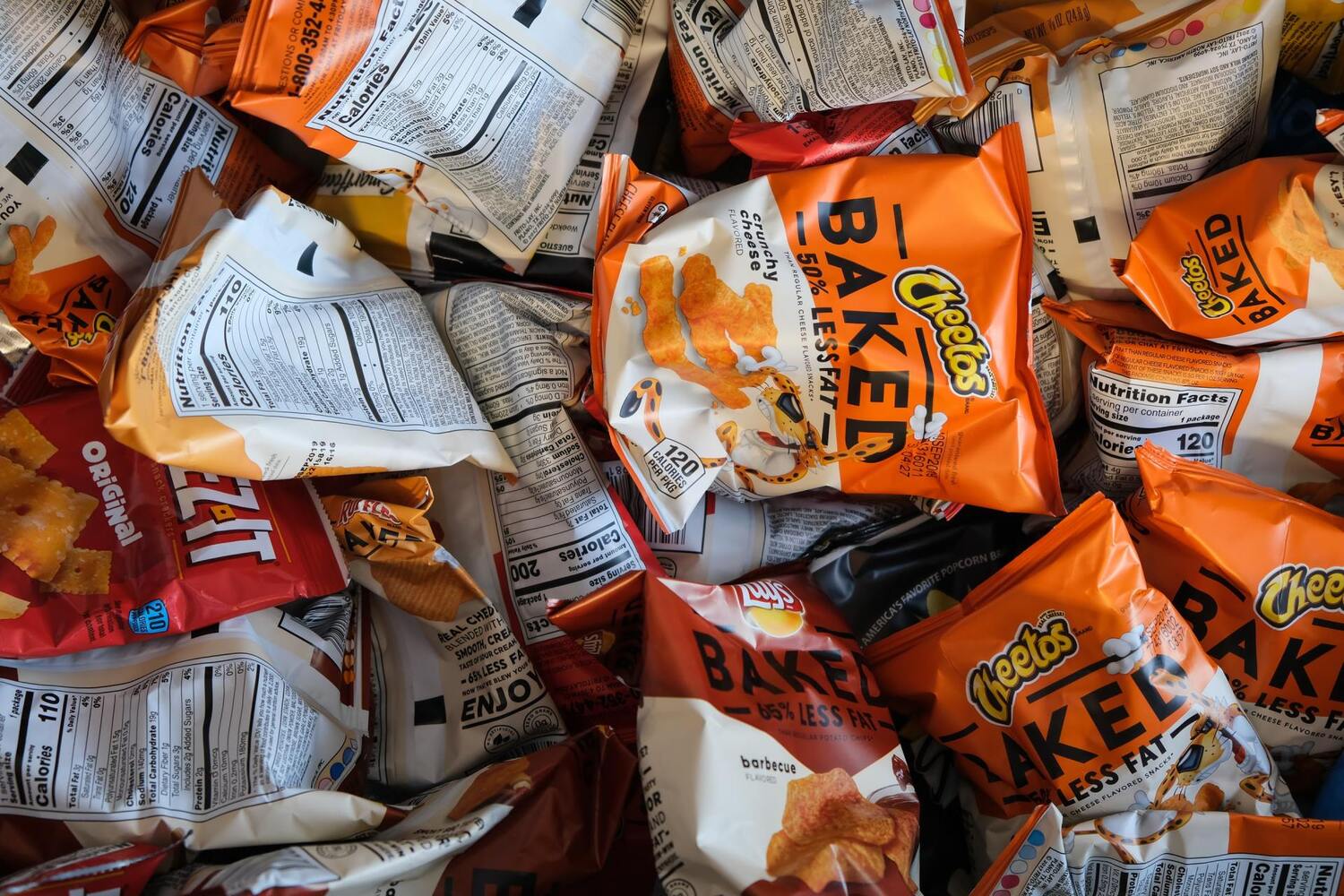
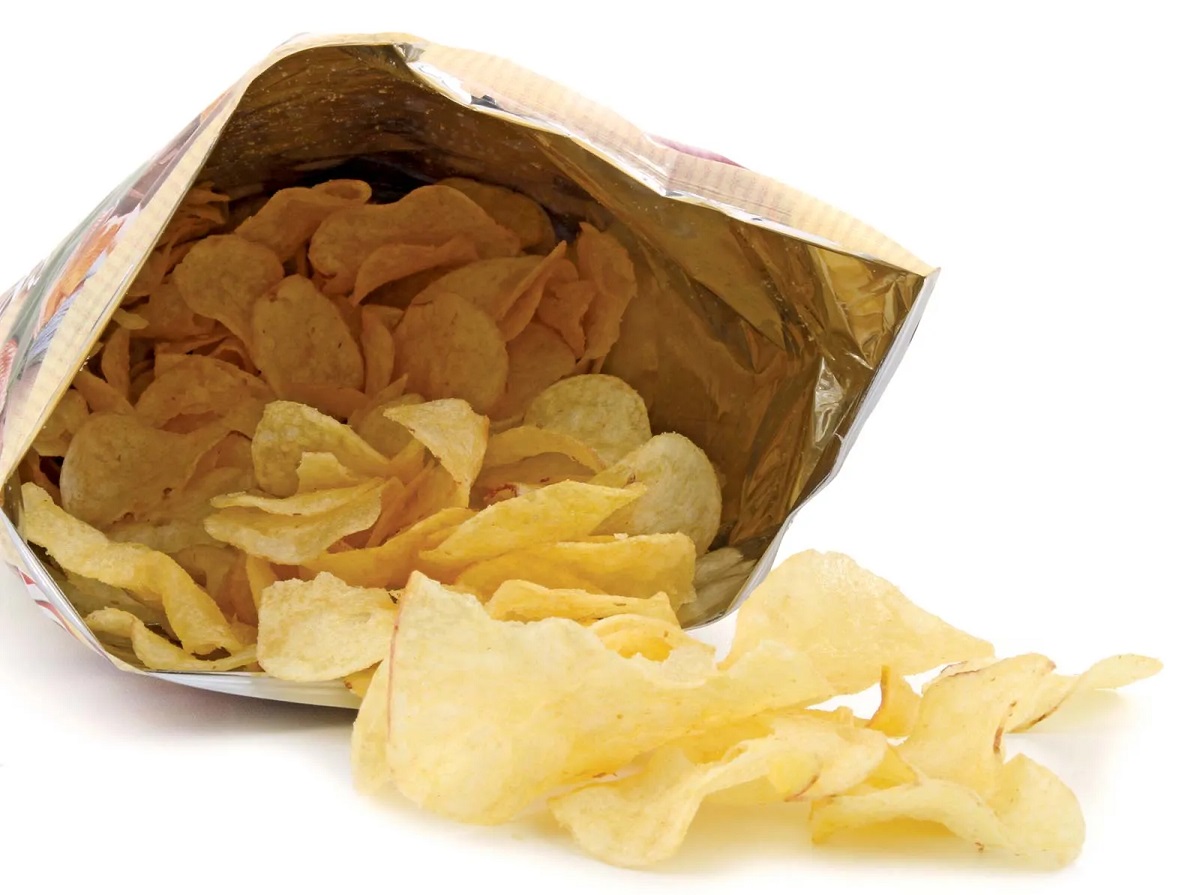

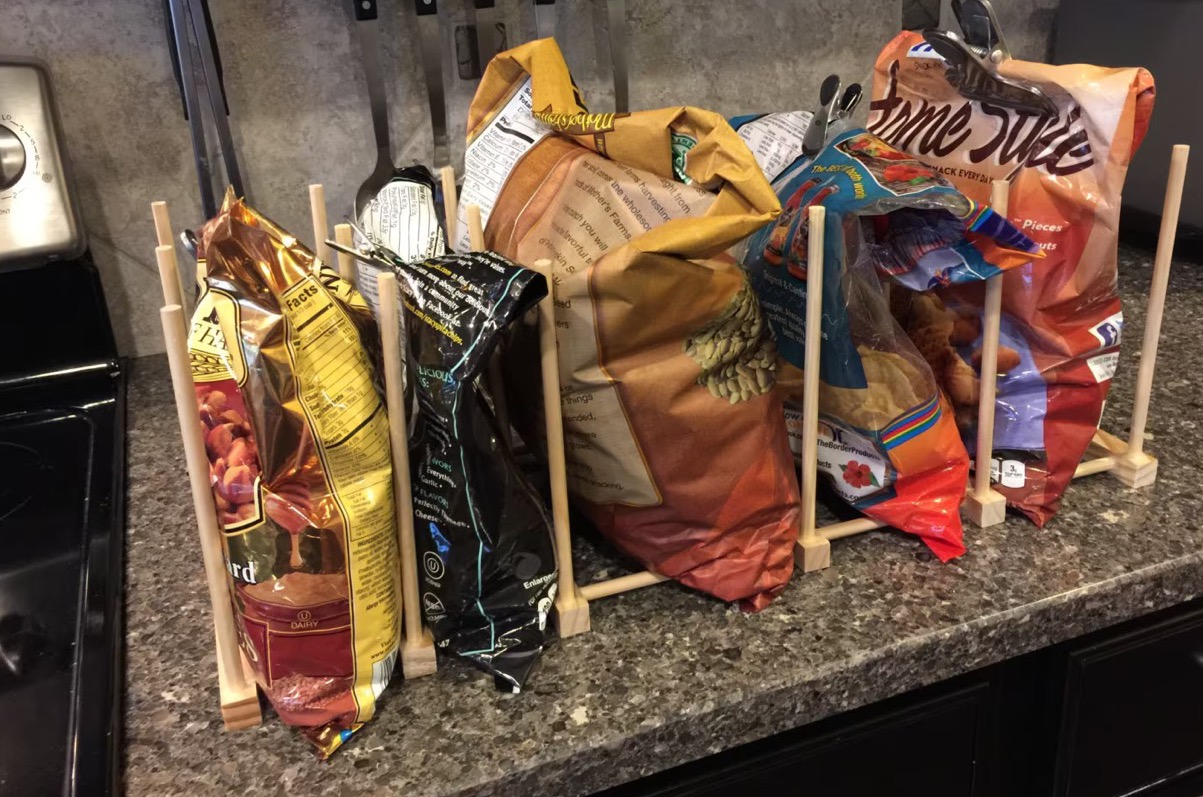
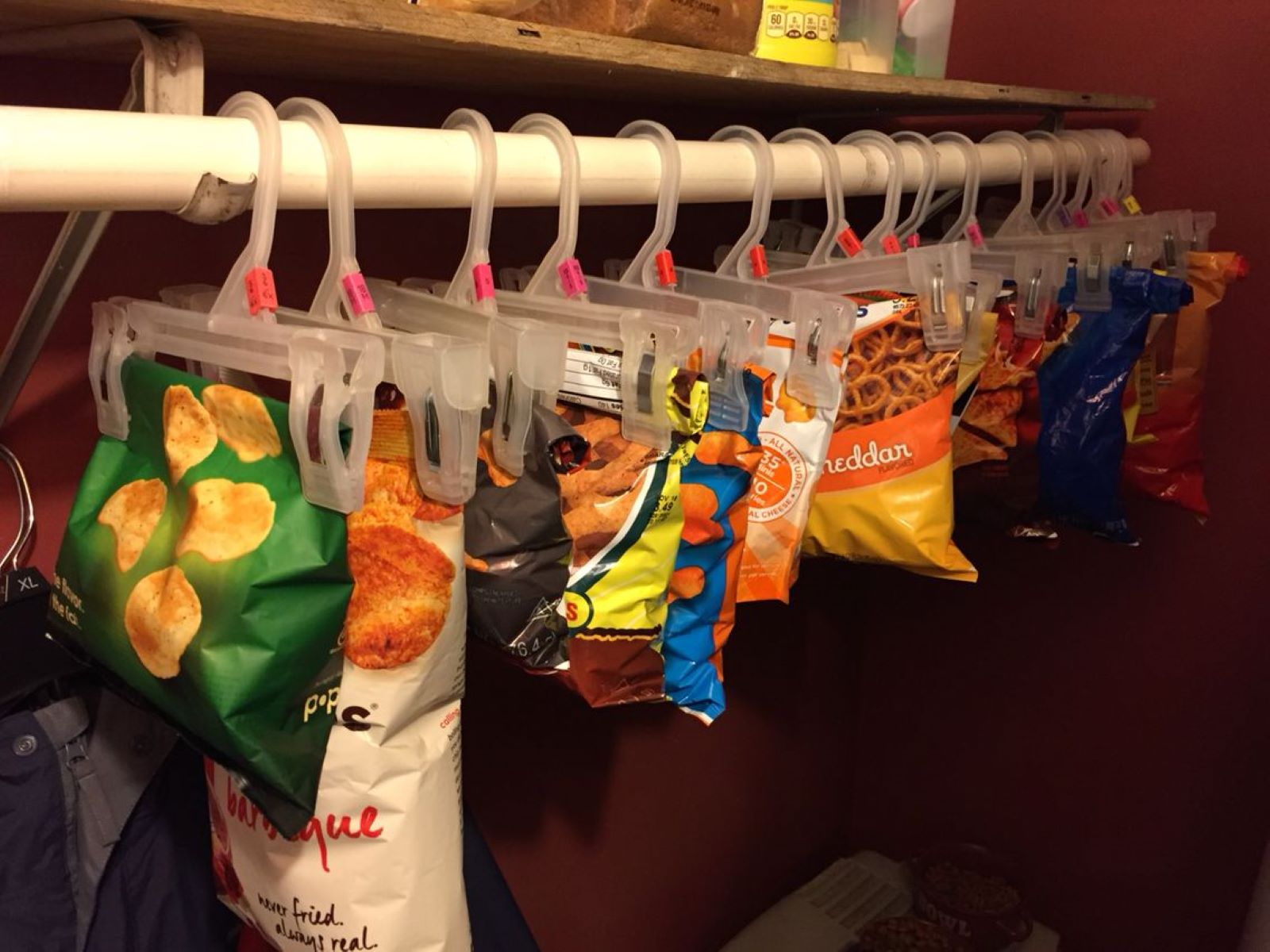
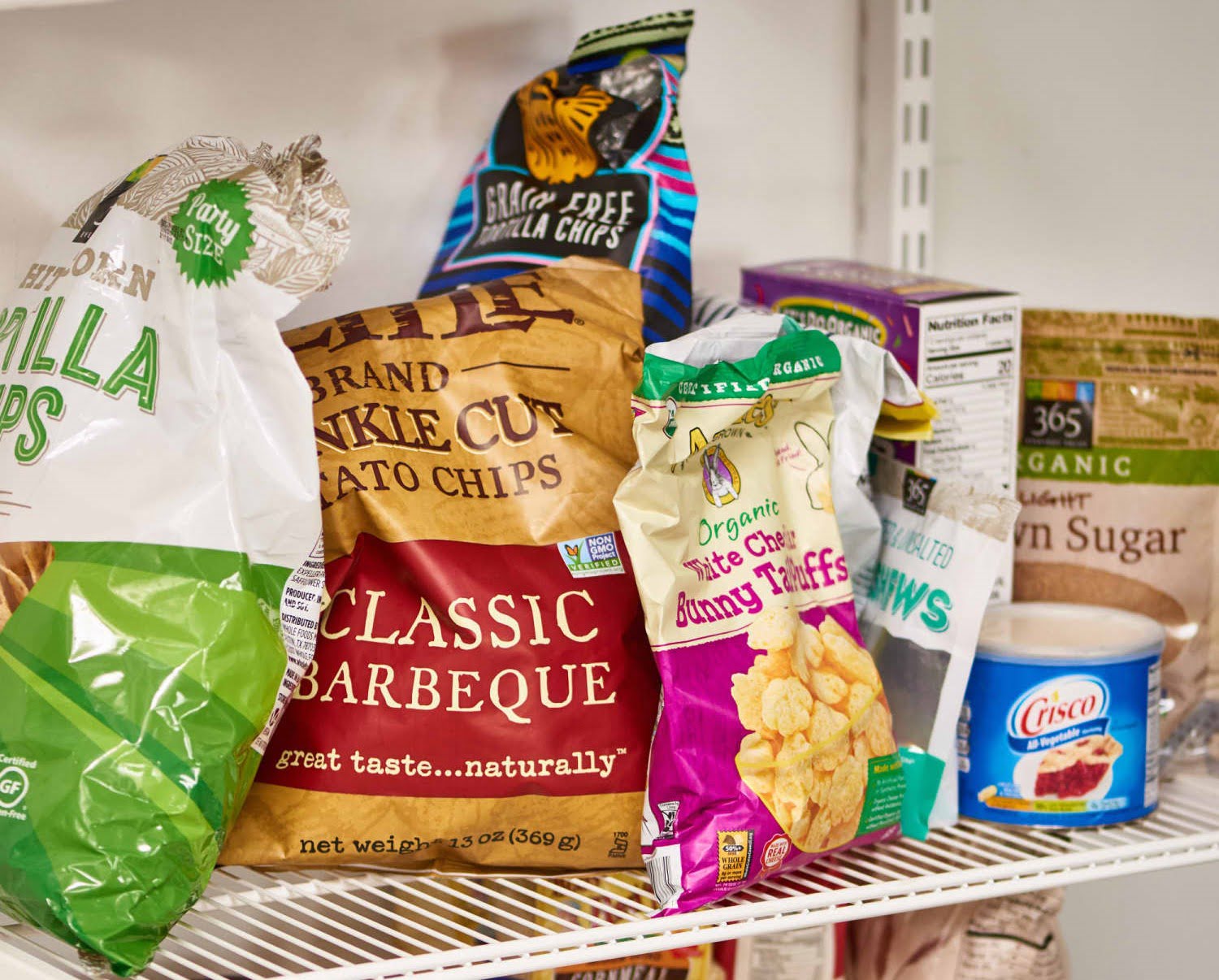
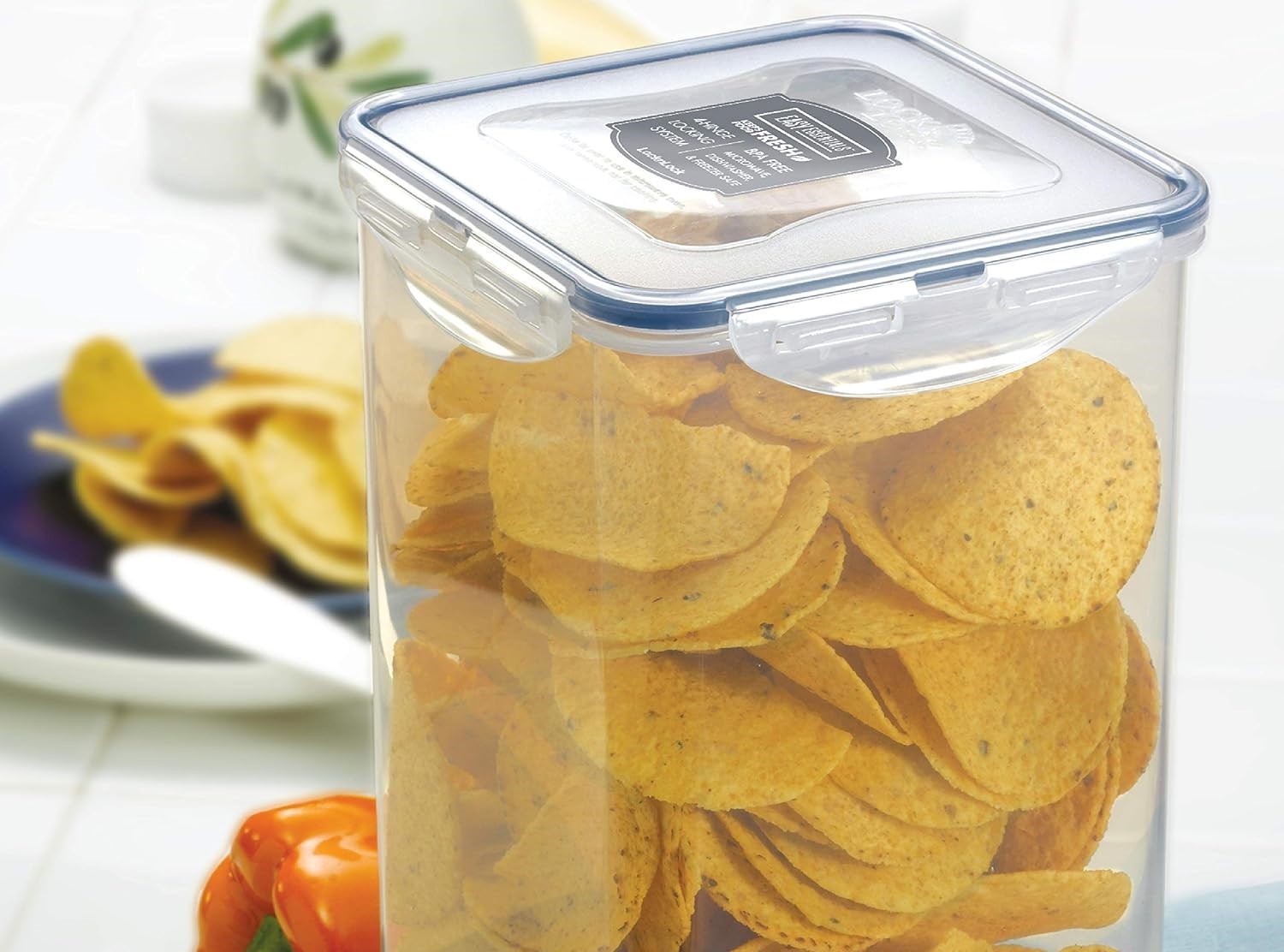
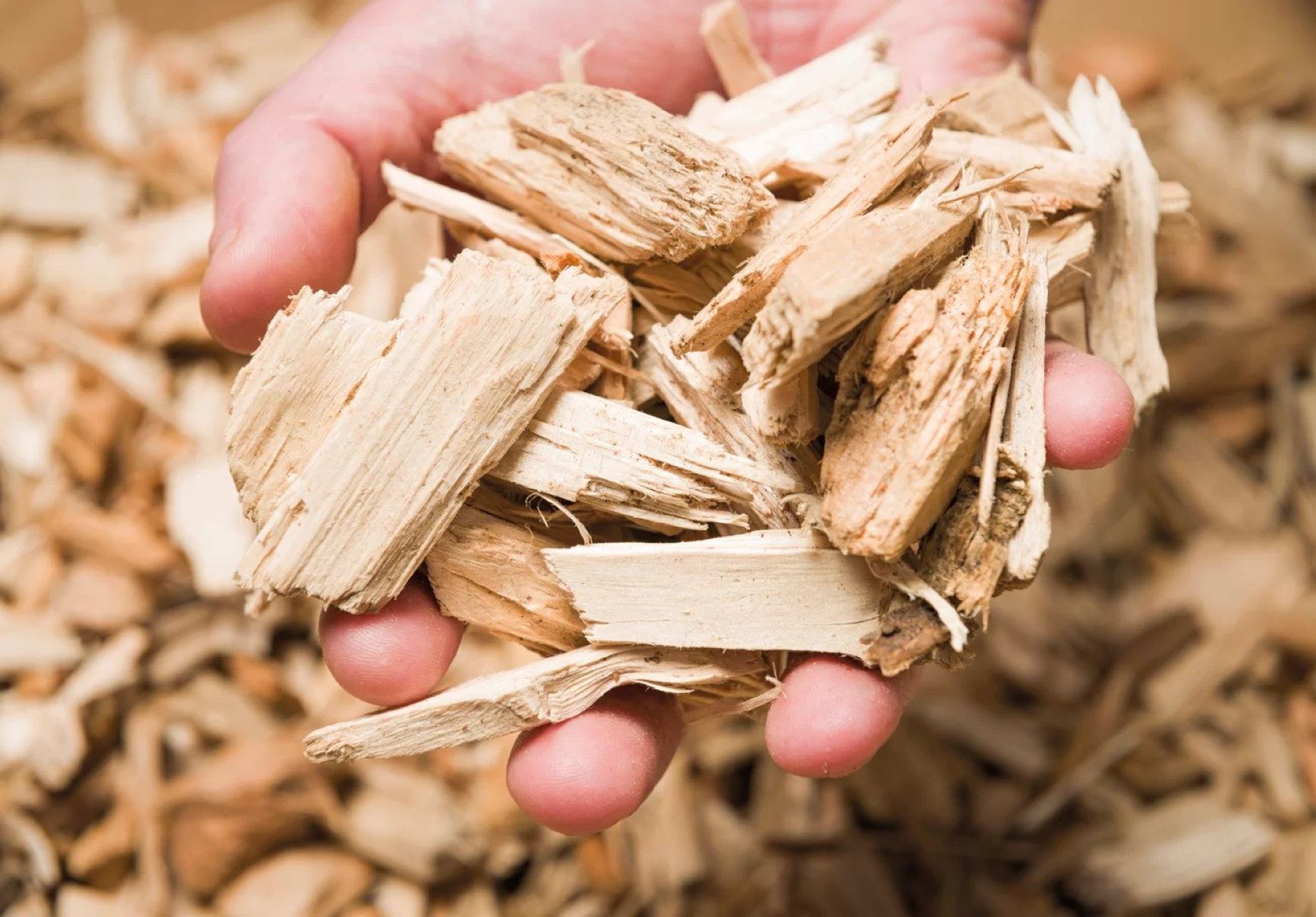
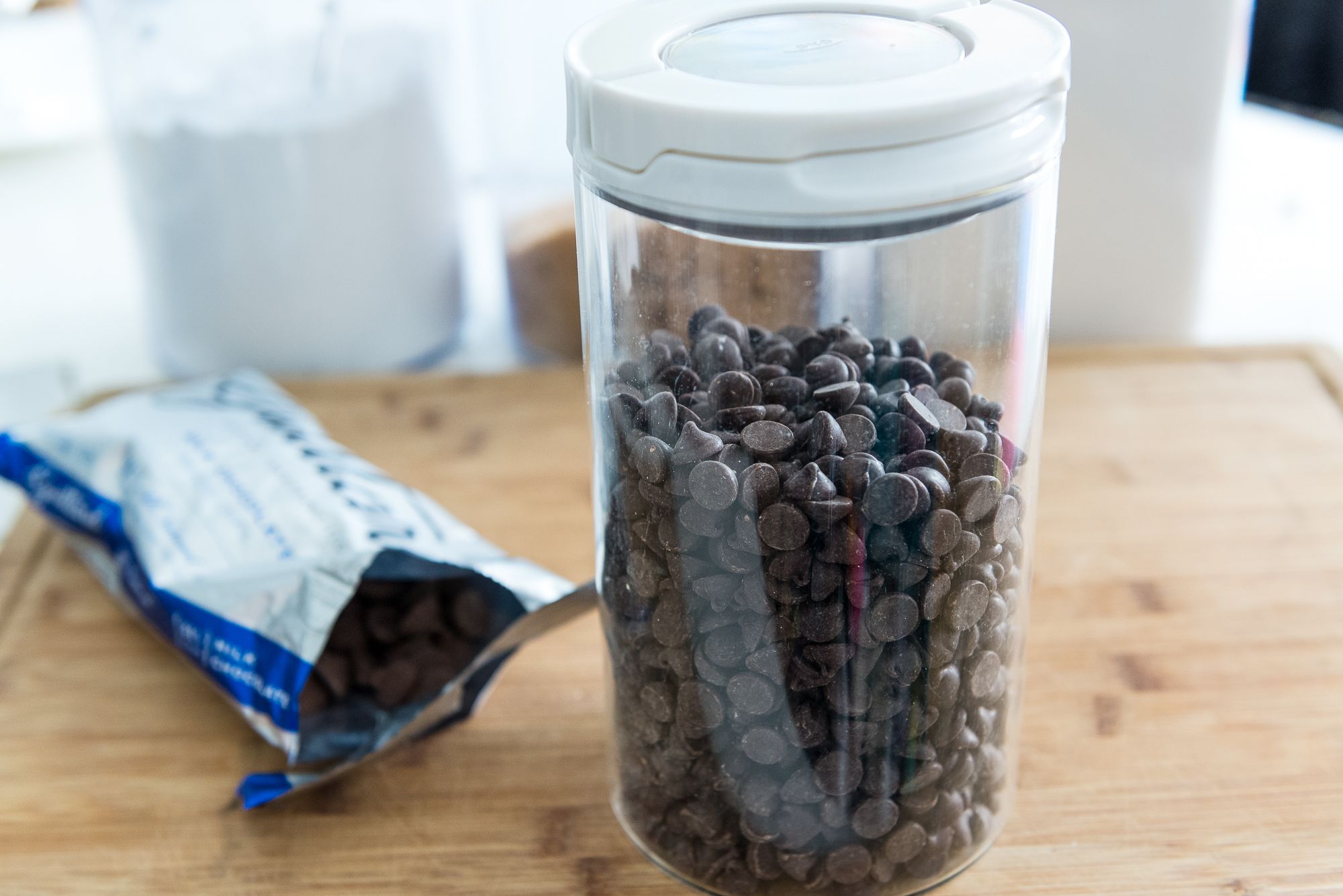




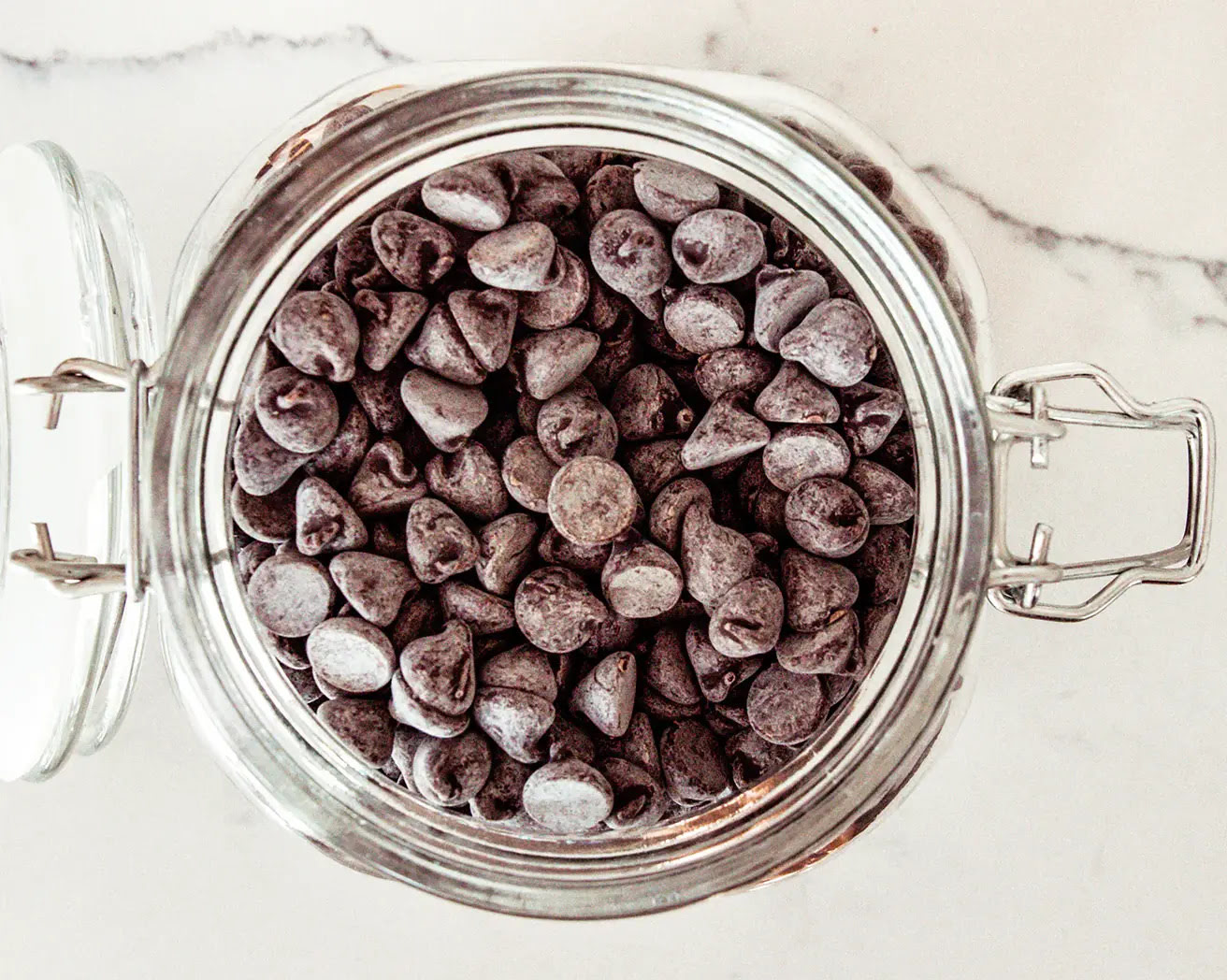

0 thoughts on “How To Store Chips In Pantry”